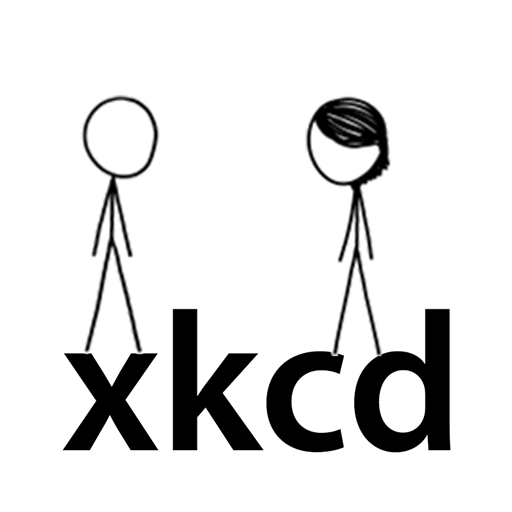Strange - I can’t reproduce that. It’s the wiki page for Simo Häyhä.
- 0 Posts
- 8 Comments

 5·1 month ago
5·1 month ago

 35·4 months ago
35·4 months agoAccording to that site you can downgrade the firmware (some people really disliked the various UI changes and the firmware is getting quite prescriptive)
You can also run your own homebrew apps so I found someone who installed KOReader which they claim is better experience than default reader especially for pdfs and also link better to personal cloud storage.
There’s also ability to use locally stored Web Application Frameworks but I’m not 100% sure what the use case would be.
Yes. Of course wider changes like WFH and pandemic have affected things but specific policy choices have led to those trends being supported and reinforced in order to produce better air quality outcomes. Both those trends are present in lots of cities without this drastic impact.

 1·1 year ago
1·1 year agoVery interesting, thank you. I guess then the centralised server must have some sort of economy of scale.
In my head, I’m comparing the network to the electricity grid with certain shapes of network making different technologies more or less feasible. I would guess the internet network is probably similar to the electricity grid in most places having fewer hubs and lines of high bandwidth rather than a more evenly distributed network. Maybe the analogy is bad though.

 4·1 year ago
4·1 year agoIts a really interesting question. I wonder what the underlying economics and ideologies are at play with its decline. Economies of scale for large server farms? Desire for control of the content/copyright? Structure and shape of the network?
I guess it has some implications for stream versus download approaches to content?


Personally, I’m planning additional physical storage of photos off site. Not yet configured but planning for a subset of photos deemed too important to lose to be automatically printed and stored on physical media (DVDs).
In general I’m hoping it to promote a more careful approach to what media really is important to keep.